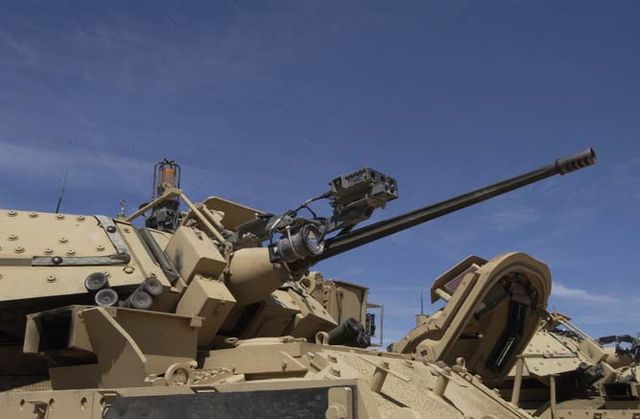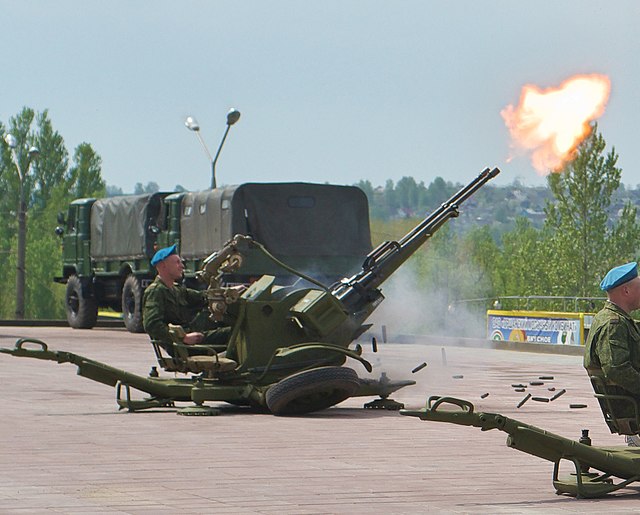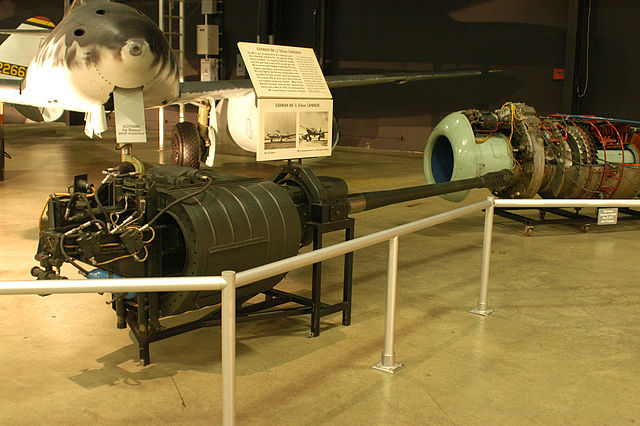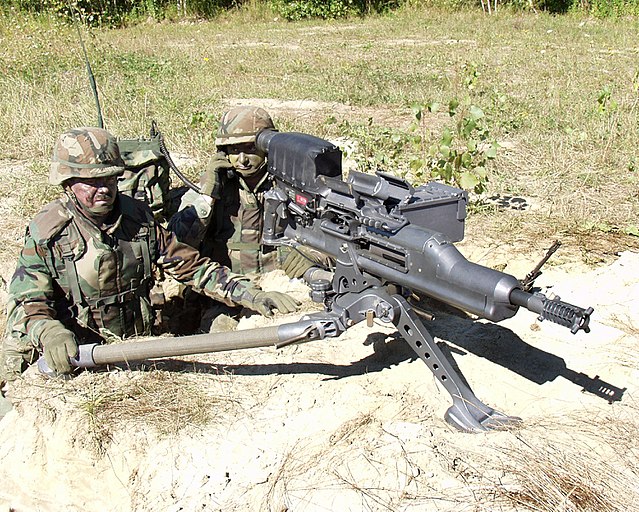The Type 99 Mark 1 machine gun and Type 99 Mark 2 machine gun were Japanese versions of the Oerlikon FF and Oerlikon FFL autocannons respectively. They were adopted by the Imperial Japanese Navy (IJN) in 1939 and served as their standard aircraft autocannon during World War II.
Top:a Type 99 Mark 1 cannon ; Below: a Type 99 Mark 2 cannon
An autocannon, automatic cannon or machine cannon is a fully automatic gun that is capable of rapid-firing large-caliber armour-piercing, explosive or incendiary shells, as opposed to the smaller-caliber kinetic projectiles (bullets) fired by a machine gun. Autocannons have a longer effective range and greater terminal performance than machine guns, due to the use of larger/heavier munitions, but are usually smaller than tank guns, howitzers, field guns, or other artillery. When used on its own, the word "autocannon" typically indicates a non-rotary weapon with a single barrel. When multiple rotating barrels are involved, such a weapon is referred to as a "rotary autocannon" or occasionally "rotary cannon", for short.
US M242 Bushmaster 25 mm autocannon mounted on an M2 Bradley armoured fighting vehicle
ZU-23-2, a twin barrel 23×152 mm anti-aircraft autocannon from the 1960s still in service with some former members of the Warsaw Pact
German BK 5 50 mm aircraft autocannon displayed in front of the Me 262A jet, a design once tested with it
XM307 25 mm caliber man portable Automatic Grenade Launcher, part of the cancelled OCSW program





